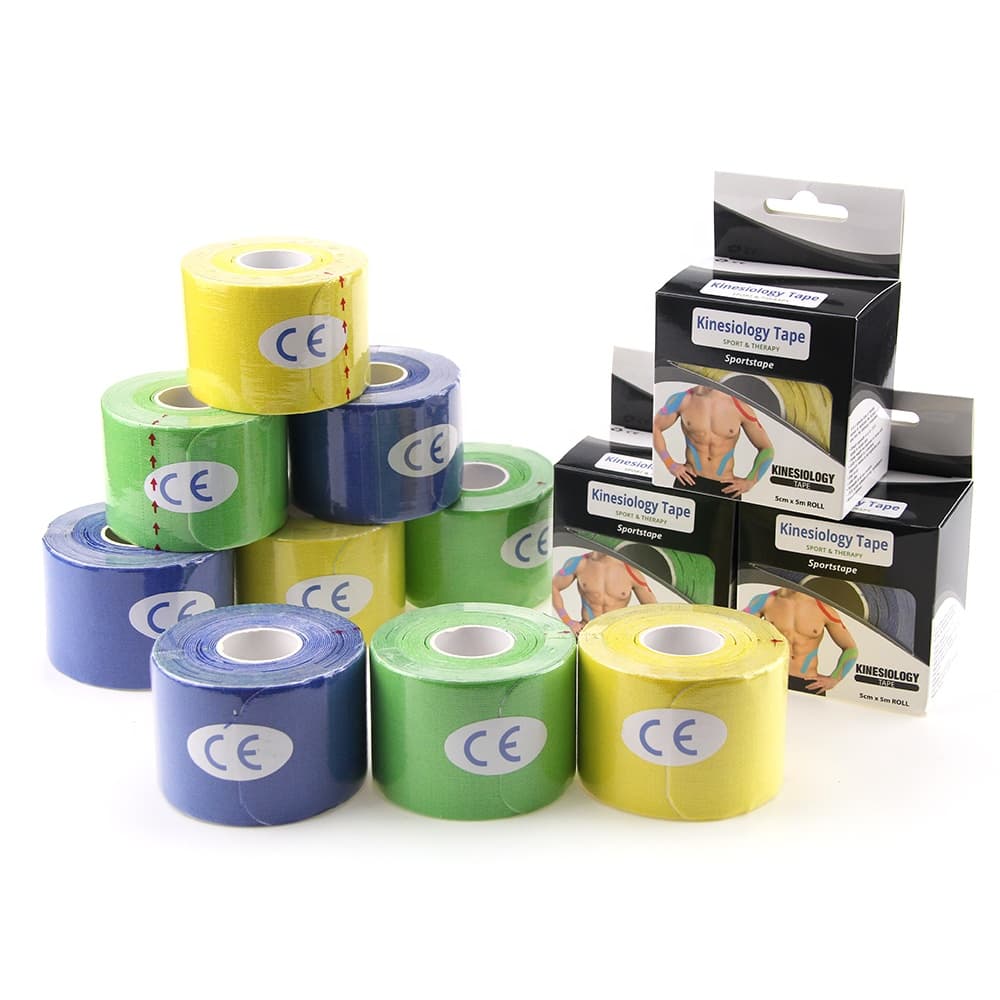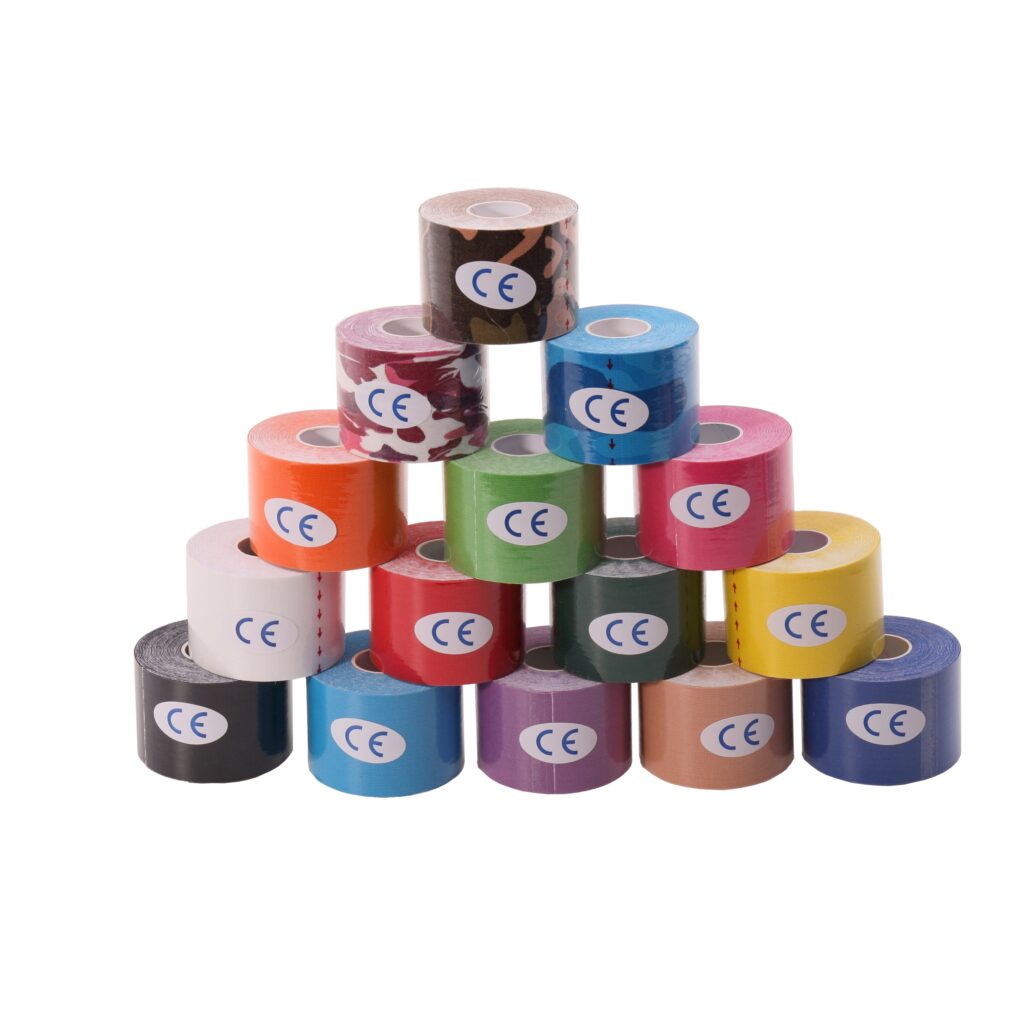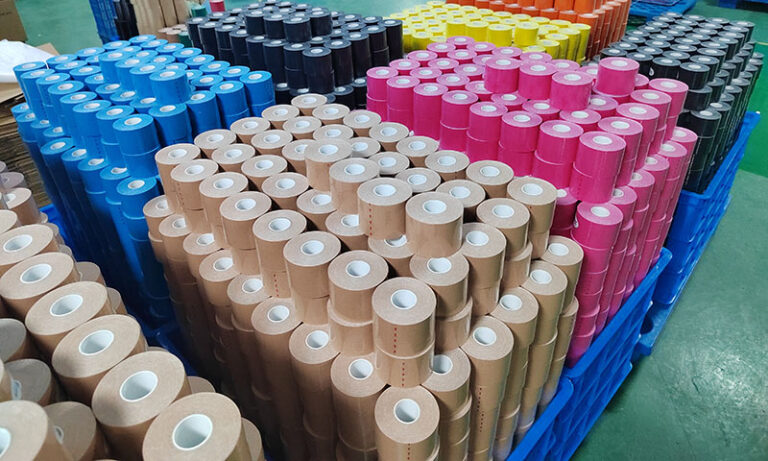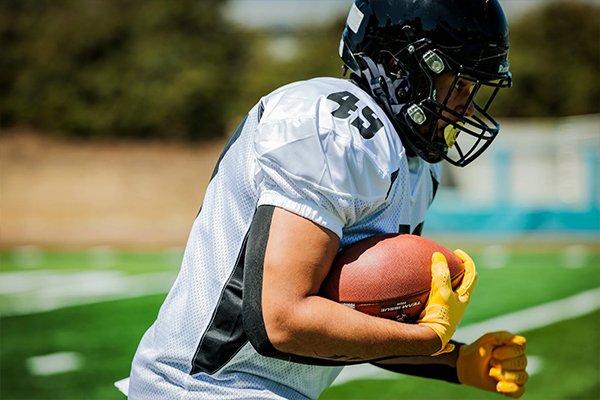Prima di imparare a usare nastro kinesiologico per stecche tibiali, ora dovremmo capire cos'è una periostite tibiale e in quale parte del corpo si trova, la periostite tibiale è anche nota come sindrome da stress tibiale mediale, che è causata dall'infiammazione del tessuto in questa zona che causa dolore sul bordo mediale della tibia. Di solito, si trova tra la metà del polpaccio e la caviglia. Il dolore può essere sordo o acuto ed è solitamente causato da un movimento ad alta intensità che sovraccarica la tibia. Di solito scompare con il riposo. Le complicazioni possono includere fratture da stress.
Le periostiti tibiali sono solitamente causate da un'eccessiva attività fisica, quindi ora dovresti sapere cos'è una periostite tibiale. A questo punto, hai bisogno del nastro kinesiologico per periostite tibiale per aiutarti a risolvere questo problema. Il nastro kinesiologico per periostite tibiale serve a proteggere e supportare le funzioni, alleviare il dolore e l'affaticamento, prevenire gli infortuni sportivi causati da un'eccessiva contrazione muscolare, aumentare lo spazio tra pelle e muscoli, aumentare la portata del flusso di sangue, linfa e altri fluidi corporei, guidare il metabolismo del tessuto sottocutaneo, ecc. Qui presenterò un tipo di ottimo modo per attaccare le periostiti tibiali.

1. Prepara tre adesivi muscolari, come mostrato nell'immagine qui sotto, e tagliali in base alla lunghezza della tua periostite tibiale.
2. Per adattare meglio la pelle, si consiglia di mantenere il polpaccio asciutto. Anche i bordi ad angolo retto del nastro kinesiologico per periostite tibiale devono essere tagliati in angoli arrotondati per evitare sfregamenti accidentali. Per i dettagli, vedere l'introduzione video qui sotto.

Il nastro kinesiologico per gli stinchi aiuta gli stinchi?
Fasciare il polpaccio è utile per la periostite tibiale perché la periostite tibiale si trova nella zona del polpaccio, ma bisogna comunque prestare attenzione al metodo. Solo la corretta vestibilità nella zona della periostite tibiale può alleviare il dolore e favorire il recupero.

Come guarire velocemente le stecche dello stinco?
Se vuoi guarire rapidamente la stecca tibiale, puoi farlo solo passo dopo passo. È possibile utilizzare il nastro kinesiologico per le stecche dello stinco come funzione ausiliaria, che può alleviare il dolore, sostenere la gamba e svolgere un ottimo ruolo nel recupero della schiena. Se sei un atleta e ti alleni tutti i giorni, dovresti prestare maggiore attenzione alla tua postura durante la corsa.
Una postura corretta prevede di iniziare con le dita dei piedi sollevate, ruotare l'arco del piede verso l'alto (chiamato pronazione) e toccare il terreno con la parte esterna del piede il più possibile. Ruotare delicatamente il piede verso l'interno (chiamato eversione) e sollevare il tallone. Idealmente, si desidera che i talloni si sollevino in modo uniforme e non spingano troppo forte da un lato in modo da ridurre al minimo la gravità della condizione e consentirle di guarire lentamente.
Se sei una persona normale, non devi correre tutti i giorni per allenarti. Qui ti suggerisco di fare prima una pausa. Quando avrai abbastanza riposo e ti prenderai una pausa dalla corsa per un po', il dolore alla tibia scomparirà. Tuttavia, questo non è sempre il caso: le recidive dei sintomi della stecca tibiale sono comuni quando la forma di qualcuno non viene affrontata.
Per trattare le stecche tibiali, puoi farlo attraverso l'allenamento incrociato, ovvero facendo una varietà di esercizi ogni settimana, piuttosto che correre continuamente. Abbinato al nastro kinesiologico per stinchi, questo aiuta a sostenere il resto del corpo durante la corsa per aumentare la forza e ridurre la pressione su stinchi e talloni.
Prova l'allenamento della forza un paio di volte alla settimana per allenare i muscoli della parte superiore e inferiore del corpo (compresi i glutei e le cosce) senza affaticare i polpacci. Giri di nuoto, yoga, TRX, andare in bicicletta o semplicemente camminare sono anche ottimi modi per riposare la settimana.
Assicurati di fare stretching correttamente anche prima, dopo e tra un allenamento e l'altro. Per allungare e rafforzare i muscoli del polpaccio come parte del trattamento per la stecca tibiale, prova a sollevare le dita dei piedi e ad abbassare lentamente i talloni sul pavimento ancora e ancora.
Puoi inginocchiarti sul pavimento, unire gambe e piedi, le dita dei piedi dritte all'indietro ed estendere delicatamente il tallone d'Achille. Siediti delicatamente sui polpacci e sui talloni per almeno 12-15 secondi per allungare i muscoli del polpaccio.
La combinazione di riposo, esercizio fisico adeguato e l'ausilio del nastro kinesiologico per la periostite tibiale ti aiuteranno a recuperare più velocemente.
Clicca qui per saperne di più come usare il nastro kinesiologicoSe vuoi imparare come usare il nastro kinesiologico per la periostite tibiale, clicca sul link.
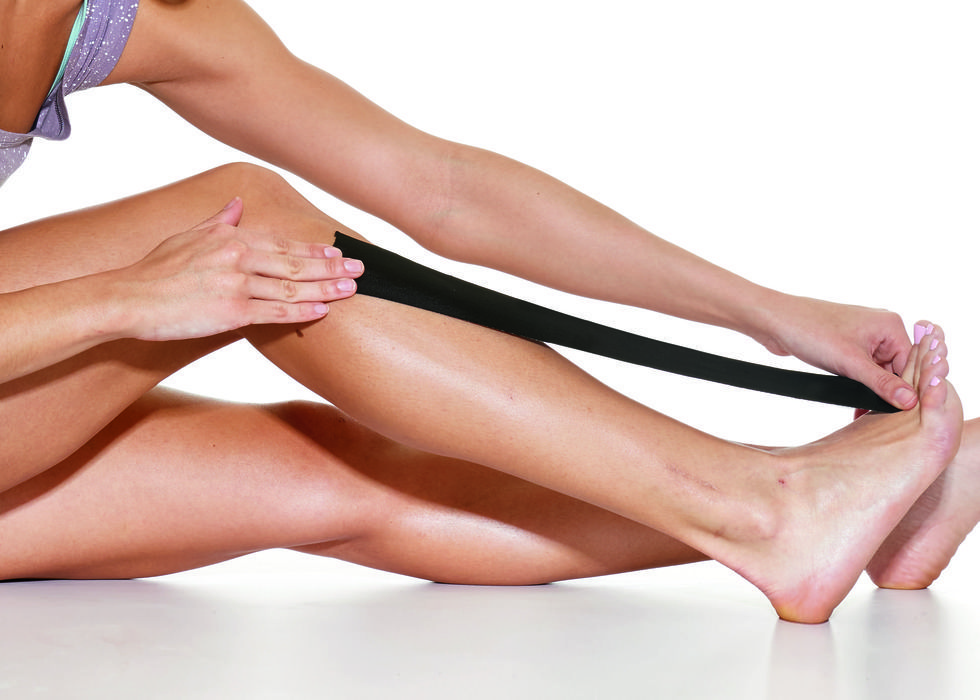
dove trovare il nastro kinesiologico
Ci sono molti modi per acquistare nastri. Puoi visualizzarli e acquistarli nei negozi offline o sul tuo cellulare. Ma quando ti poni questa domanda, ecco un buon consiglio per te sul nastro kinesiologico per le periostiti tibiali. Vorrai sicuramente sapere quale nastri kinesiologici per la periostite tibiale sono buoni e quali sono cattivi quando li compri. Non puoi giudicare la qualità di così tante marche di nastri come questa.
Consiglio solo un nastro kinesiologico per la periostite tibiale. È prodotto dalla produttore di nastri per kinesiologia. C'è anche un motivo per cui ti consiglio questo. Perché il fabbrica aupcon è stata fondata da più di dieci anni e ha molta esperienza nella produzione di nastri kinesiologici, la qualità del prodotto è buona. Non preoccuparti, viene anche esportato in molti paesi e anche la sua reputazione è molto buona.
Il motivo per cui vale la pena acquistare è che aupcon supporta anche la fornitura di grandi volumi e sono disponibili imballaggi personalizzati tra cui scegliere. Esistono anche diversi metodi logistici e verranno consegnati il più rapidamente possibile. E fornire anche un servizio di esempio. In questo settore, rispettiamo la reale esperienza dei clienti. Solo quando lo senti puoi acquistarlo con fiducia. Quindi puoi provare questo marchio di nastro kinesiologico per stinchi, che sono molto facili da usare.

